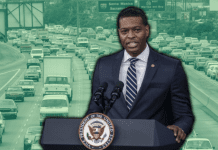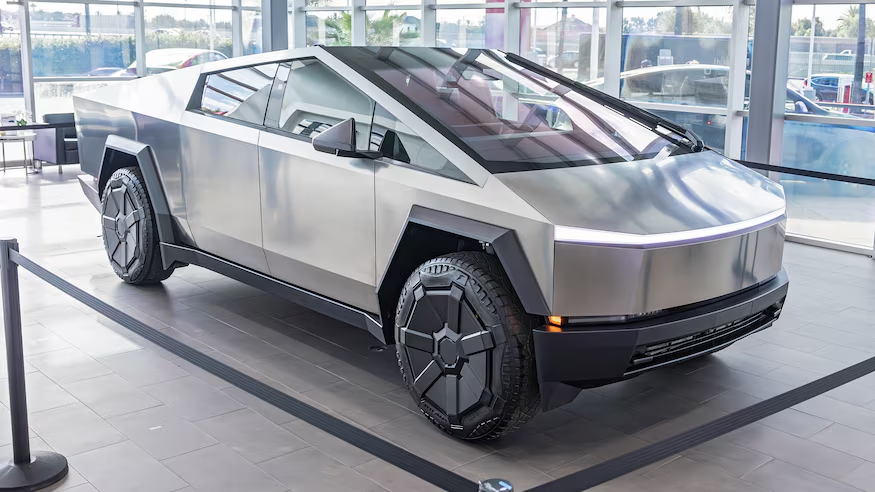A May 28, 2018 St. Louis Fed On the Economy blog reported that the Great Recession of the early 2000’s took a huge toll on new vehicle sales and reduced them by 40 percent within 12 months, which caused a $107 billion decline in sales. As the United States slowly started coming out of the recession, many people were optimistic about the rise of the automobile industry. With the lessening unemployment rate and many people becoming ready to ditch their 5+ year-old cars, vehicle sales were expected to see an uptick. This was, unfortunately, until costs for buying and owning a vehicle spiked not too long ago.
Needless to say, despite the exit from the recession, the economy is still unstable and unpredictable. According to Steven Finlay of WardsAuto, massive issues affecting auto sales this year include the “increases in loan amounts, monthly payments, and interest rates.” With vehicle loans rising almost $1,000 since last year (up $921 from last year to be exact), Americans are becoming more hesitant to buy that shiny new car. People are keeping their cars longer now, too, partially because many take out a longer loan than they used to. Higher monthly prices take a toll on paychecks, and rising interest rates make a huge difference as well, especially for those with poor credit.
Finlay’s article indicates Experian’s findings for the first-quarter of 2018 have shown that “outstanding loan balances reached a record high of $1.108 trillion.” Additionally, used vehicle loans increased to $19,536, which is the highest they have ever been. Dealers are also now giving more 96-month loans as opposed to, say, 72-month loans. This in turn causes consumers to keep their cars longer, meaning people are not in need of a new car and sales are reduced. These statistics hurt auto sales but also go to show that many Americans cannot afford to purchase new vehicles in full.
Russ Mitchell of the Los Angeles Times indicated that the rising cost of cars and living in general is an “early sign of an inflationary economy.” With increasing costs such as housing, oil, food, etc., many people are finding themselves unable to splurge for a new car, especially when the average price is around $35,000. Monthly payments have increased by an average of $70, which comes out to $840 more a year. Manufacturing, labor, and materials for newer, more high-tech vehicles and features are also very costly and manufacturers find no other choice than to raise prices for buyers.
Rising interest rates can also severely impact anyone who has taken out a loan, not only for cars but also for things such as homes and school. On April 11, 2018, Ronald Montoya of Edmunds reported that car-loan interest rates had raised four times within the previous 12-month period. To put exact numbers on it, the annual percentage rate (APR) of newly financed vehicles reached 5.7%, which is up from 4.4% just five years ago in 2013. This, for many, can have a large impact on low- and middle-class Americans. Shoppers with a subprime credit score will pay even more in interest than those with a super-prime credit score (Paul Ausick of 24/7 Wall Street indicates this may be around 10% more), which deters them from purchasing new cars and instead makes them either buy an old used car or fix their current vehicle while they work to improve their credit. Improving credit for some, however, can take several years.
The future of the automobile industry is a mystery to Americans. Many are worried that new trade deals will cause car prices to rise even more, whereas others believe they will make prices go down. Other than the aforementioned issues, buyers also have to take into account tax rate instability, increasing insurance costs, and repair costs should something go wrong. All of these factors can do a lot of damage to dealerships, manufacturers, and the auto sales industry. For now, all we can do is hope for the best.
References: Federal Reserve Bank of St. Louis, WardsAuto, LA Times, Edmunds, 24/7 Wall St.








